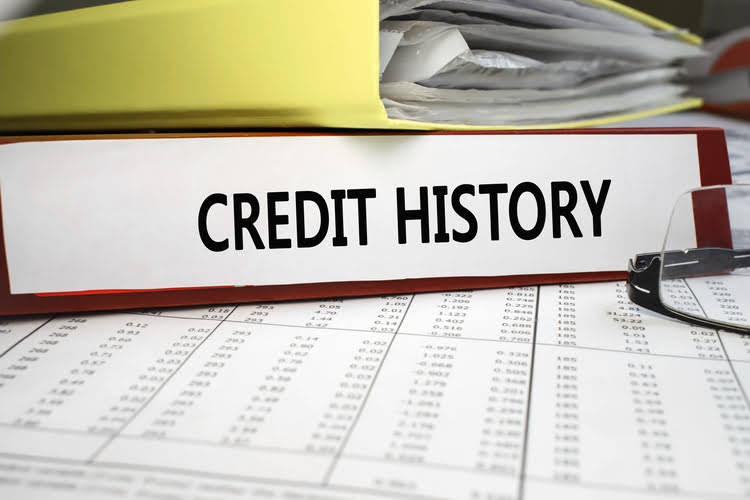In particular, multiple product manufacturing facilities can use the margin of safety measure to analyze sales targets before incurring losses. It also offers important information on the right product mix for production to maximize the contribution and hence increase the margin of safety. When applied to investments, the margin of safety is a concept that suggests securities should be purchased only when their market price is significantly below their intrinsic value. In essence, investors seek opportunities accrued expenses in balance sheet where the market price provides a comfortable cushion or margin of safety compared to the true worth of the security. When a stock’s market value substantially exceeds its intrinsic value, it may be considered overvalued, and prudent investors might consider it a good time to sell. This principle helps investors make more informed decisions about buying and selling securities, aiming to protect their investments and potentially achieve better returns.
The corporation needs to maintain a positive MOS to continue being profitable. This team of experts helps Finance Strategists maintain the highest level of accuracy and professionalism possible. 11 Financial may only transact business in those states in which it is registered, or qualifies for an exemption or exclusion from registration requirements.
The smaller the percentage or number of units, the riskier the operation is because there’s less room between profitability and loss. For instance, a department with a small buffer could have a loss for the period if it experienced a slight decrease in sales. Meanwhile a department with a large buffer can absorb slight sales fluctuations without creating losses for the company. Moreover, companies must assess their current positions and adapt accordingly. The MOS is a risk management strategy where businesses can think about their future and make necessary corrections.
- In essence, investors seek opportunities where the market price provides a comfortable cushion or margin of safety compared to the true worth of the security.
- In other words, how much sales can fall before you land on your break-even point.
- The margin of safety provides useful analysis on the price and volume change effects on the break-even point and hence the profitability analysis.
- The break-even point formula divides the total fixed production costs by the price per individual unit less the variable cost per unit.
The contribution margin represents the revenue required to cover a business’ fixed costs and contribute to its profit. With the contribution margin calculation, a business can determine the break-even point and where it can begin earning a profit. Let’s assume the company expects different sales revenue from each product as stated. For multiple products, the margin of safety can be calculated on a weighted average contribution and weighted average break-even basis method. This is because it would result in a higher break-even sales volume and thus a lower profit or loss at any given level of sales. The difference between the actual sales volume and the break-even sales volume is called the margin of safety.
Formula to Calculate the Margin of Safety Ratio
At Finance Strategists, we partner with financial experts to ensure the accuracy of our financial content. Finance Strategists has an advertising relationship with some of the companies included on this website. We may earn a commission when you click on a link or make a purchase through the links on our site. All of our content is based on objective analysis, and the opinions are our own. The margin of safety ratio is an ideal index that can be used to rank firms within an industry. Below is a short video tutorial that explains the components of the margin of safety formula, why the margin of safety is an important metric, and an example calculation.
The machine’s costs will increase the operating expenses to $1,000,000 per year, and the sales output will likewise augment. A low percentage of margin of safety might cause a business to cut expenses, while a high spread of margin assures a company that it is protected from how to convert myob to xero sales variability. Yarilet Perez is an experienced multimedia journalist and fact-checker with a Master of Science in Journalism. She has worked in multiple cities covering breaking news, politics, education, and more.
Intrinsic value is the actual worth of a company’s asset or the present value of an asset when adding up the total discounted future income generated. In accounting, the margin of safety is the difference between actual sales and break-even sales. Managers utilize the margin of safety to know how much sales can decrease before the company or project becomes unprofitable.
The margin of safety is negative when it falls below the break-even point. Furthermore, it is not making enough money to cover its current production costs. When applied to investing, the margin of safety is calculated by assumptions, meaning an investor would only buy securities when the market price is materially below its estimated intrinsic value. Determining the intrinsic value or true worth of a security is highly subjective because each investor uses a different way of calculating intrinsic value, which may or may not be accurate. The margin of safety is the difference between the amount of expected profitability and the break-even point.
Which activity is most important to you during retirement?
In stock and options trading, break-even analysis helps determine the minimum price movements required to cover trading costs and make a profit. Traders can use break-even analysis to set realistic profit targets, manage risk, and make informed trading decisions. Break-even analysis, or the comparison of sales to fixed costs, is a tool used by businesses and stock and option traders. It is essential in determining the minimum sales volume required to cover total costs and break even. Break-even analysis compares income from sales to the fixed costs of doing business.
Formula
As shown above, the margin of safety can be expressed as an absolute amount (e.g., $58,325) or as a percentage of sales (e.g., 58.32%). Using the data provided below, calculate the margin of safety for five start-up enterprises. You’ve got FreshBooks accounting software to automate all your invoicing, generate reports and properly connect all your business’s financial information. So you’ve got time to really evaluate and use all the information you’ve got just a click away. The context of your business is important and you need to consider all the relevant elements when you’re working out the safety net for yours. And it means that all of those 2,000 sales over the break-even point are profit.
You still take the break-even point from the current sales figure, but then divide the sum of that by the selling price per unit. The Margin of safety is widely used in sales estimation and break-even analysis. In simpler terms, it provides useful insights on the sales volume for a company before it incurs losses. For a profit making entity, any changes in production level or product mix may yield substantially lower revenue.
This value reveals a company’s capabilities as well as its position in the market. It can help the business make crucial decisions on budgeting and investments. They also help in the optimized allocation of resources and cut wasteful costs. For information pertaining to the registration status of 11 Financial, please contact the state securities regulators for those states in which 11 Financial maintains a registration filing. By contrast, the firm with a low margin of safety will start showing losses even after a small reduction in sales volume.
It connects the contribution margin and break-even analysis with the profitability targets. In changing economic conditions, businesses may need to evaluate the sales targets before they drop into the loss making territory. The calculations for the margin of safety become simple once the contribution margin and break-even point sales are calculated. A high safety margin is preferred, as it indicates sound business performance with a wide buffer to absorb sales volatility. It must be improved by increasing the selling price, increasing sales volume, improving contribution margin by reducing variable cost, or adopting a more profitable product mix. For a single product, the calculation provides a straightforward analysis of profits above the essential costs incurred.
It shows the proportion of the current sales that determine the firm’s profit. To find the total units required to break even, divide the total fixed costs by the unit contribution margin. In other words, Bob could afford to stop producing and selling 250 units a year without incurring a loss. Conversely, this also means that the first 750 units produced and sold during the year go to paying for fixed and variable costs. The last 250 units go straight to the bottom line profit at the year of the year. Management uses this calculation to judge the risk of a department, operation, or product.


